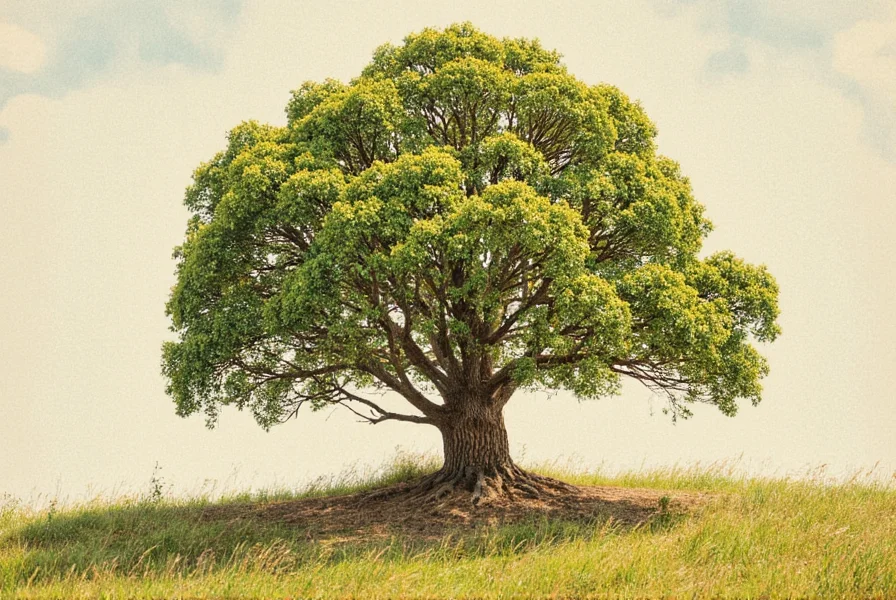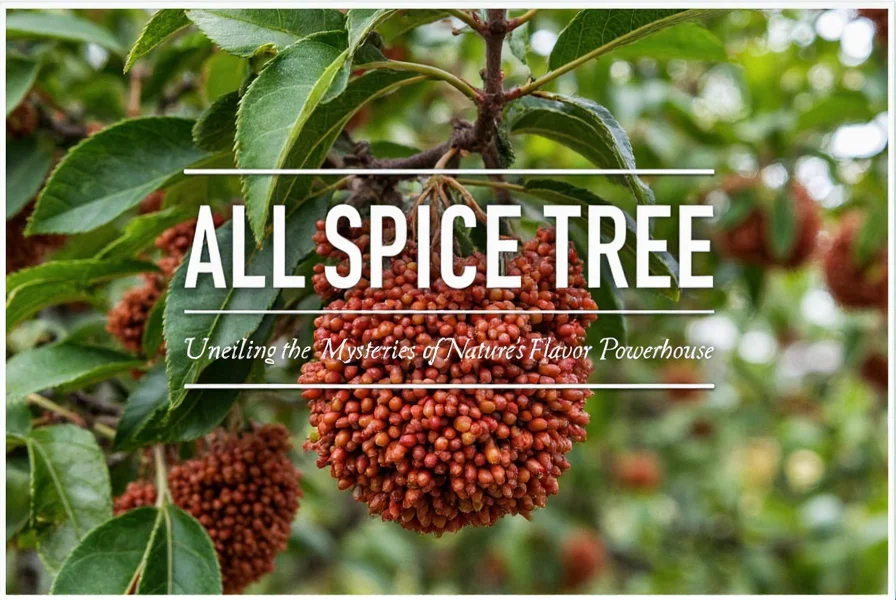What Is All Spice and Why Does It Matter?
All spice (Pimenta dioica) is a single spice derived from the dried berries of a tropical evergreen tree, not a blend of multiple spices as many believe. Its unique flavor profile combines notes of cinnamon, nutmeg, and cloves, making it essential in Caribbean jerk seasoning, European holiday baking, and traditional medicine. This article provides accurate, expert-level information on all spice's botanical origins, culinary applications, health benefits, and practical buying tips based on verified sources.
Botanical Basics: What Exactly Is an All Spice Tree?
The all spice tree (Pimenta dioica) is native to the Greater Antilles, southern Mexico, and Central America. It thrives in warm, humid climates and produces small white flowers followed by green berries that turn dark brown when dried. These berries are the source of the spice we know as allspice.
| Feature | All Spice Tree | Other Common Spices |
|---|---|---|
| Origin | Caribbean, Mexico | Varies (e.g., India, Indonesia) |
| Flavor Profile | Warm, sweet, clove-like | Diverse (e.g., spicy, earthy) |
| Part Used | Berries | Seeds, bark, roots, etc. |
Historical Context and Global Usage
Indigenous Taino people of the Caribbean used allspice for food preservation and medicinal purposes long before European contact. Spanish explorers introduced it to Europe in the 16th century, where it became a prized commodity rivaling pepper and cinnamon. Today, it's essential in Jamaican jerk seasoning, Mexican moles, and European holiday baking.
Culinary and Medicinal Applications
Key Culinary Uses:
- Caribbean jerk seasoning (essential ingredient)
- Baking (cakes, cookies, pies)
- Meat rubs and marinades
- Stews and curries for depth of flavor
Medicinal Benefits (Supported by Research):
- Anti-inflammatory properties for joint pain relief
- Digestive aid for stomach cramps and bloating
- Antiseptic qualities for oral health

How to Choose Quality All Spice Products
When purchasing all spice, consider these factors:
| Product Type | Best For | Shelf Life | Price Range |
|---|---|---|---|
| Whole Berries | Grinding fresh, marinades | 3-4 years | $5-$10 per ounce |
| Ground All Spice | Baking, spice blends | 2-3 years | $3-$8 per ounce |
| All Spice Essential Oil | Aromatherapy, massage | 4-5 years | $10-$25 per 10 ml |
Frequently Asked Questions About All Spice
Q: Is all spice a blend of multiple spices?
No. All spice is a single spice derived from the dried berries of the Pimenta dioica tree. The name comes from its flavor profile resembling a combination of cinnamon, nutmeg, and cloves, but it's not actually a blend.
Q: What's the difference between Jamaican and Mexican all spice?
Jamaican all spice has the most balanced profile with equal notes of clove, cinnamon, and nutmeg. Mexican all spice tends to be more peppery and bold, making it ideal for robust mole sauces.
Q: Can I substitute all spice for cinnamon or nutmeg?
You can in a pinch, but all spice has a stronger, more complex flavor that combines elements of cinnamon, nutmeg, AND cloves. Use half the amount called for in the recipe if substituting.
Q: How should I store all spice to maintain freshness?
Store whole berries in an airtight container away from light and heat for 3-4 years. Ground all spice maintains potency for 2-3 years under similar conditions.
Q: Is all spice safe during pregnancy?
In normal culinary amounts, yes. However, excessive consumption may cause issues, so always consult with a healthcare provider before taking large doses. The essential oil should be avoided during pregnancy as it's highly concentrated.
Why All Spice Remains Relevant Today
All spice continues to be valued for its unique flavor profile and versatility across culinary and medicinal applications. Whether you're making authentic Caribbean jerk seasoning, baking holiday treats, or seeking natural remedies for digestive issues, understanding this single spice's true nature helps you use it more effectively in your cooking and wellness routines.











 浙公网安备
33010002000092号
浙公网安备
33010002000092号 浙B2-20120091-4
浙B2-20120091-4